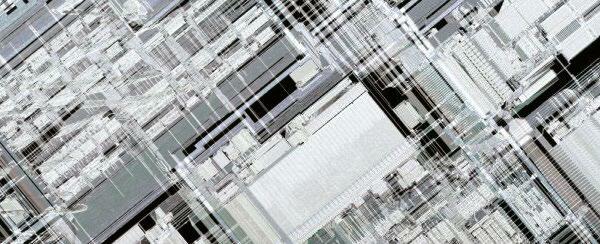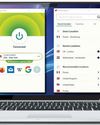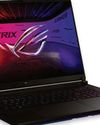CPU architectures what's the difference and why it matters

f you're buying a new computer, there are two main processor architectures to choose between.
Windows PCs are normally built on the x86 platform, used by Intel and AMD, while Apple's computers use the company's M1 and M2 processors, based on the ARM architecture. In this article, we explore the differences between their approaches, and what that means in practice.
Instruction sets
The x86 and ARM processor platforms do the same basic job, but they do it in different ways. Their internal logic is wired up in different arrangements, with different configurations of internal data registers and different sets of hard-coded instructions. At a fundamental level, they run programs in different ways and use different code.
Apple's M-series CPUs have been using a 5nm process since 2020
On the x86 platform, the internal structure and instruction set of the processor is ultimately based on that of the Intel 8008, an 8-bit CPU that debuted in 1972. In fact, machine code programs written for that chip can still be assembled and run on the latest processor from Intel or AMD.
Naturally, though, the hardware has evolved considerably since then. After the 8008 came the 8088, and then the 16-bit 8086, which powered the original IBM PC. In the 1980s this was followed by the 80186, 80286 and so forth – hence the “x86” moniker.
Through the generations, new features have been introduced to support multitasking and virtual memory; support has also been added for 32-bit and 64-bit operations, enabling computers to work efficiently with huge data sets and massive amounts of RAM. A series of extensions accelerated specific tasks such as graphics processing, virtualisation and data encryption.
Esta historia es de la edición April 2023 de PC Pro.
Comience su prueba gratuita de Magzter GOLD de 7 días para acceder a miles de historias premium seleccionadas y a más de 9,500 revistas y periódicos.
Ya eres suscriptor ? Conectar
Esta historia es de la edición April 2023 de PC Pro.
Comience su prueba gratuita de Magzter GOLD de 7 días para acceder a miles de historias premium seleccionadas y a más de 9,500 revistas y periódicos.
Ya eres suscriptor? Conectar

"I've done a bit of deep-diving myself and found some technical stuff that the FBI didn't"
Davey indulges in time travel with hackers who have earned the ire of the FBI

ExpressVPN
It's expensive, but you'll be hard-pressed to match ExpressVPN for features, performance or streaming

Best free VPNs
If you don't want to spend a penny on a VPN then you have plenty of options, but be careful to avoid those that want to harvest your data

Canon imageFormula DR-S350NW
An affordable scanner with good speeds and output quality plus a smart driverless scanning feature
“I got a long way into the project before it sank in that there were several new blind alleys”
As Steve prepares for the mother of all migrations, he explains the virtues of iSCSI and the sins of Apple’s OS X
Windscribe
A superb free offering that can be supplemented by tactical monthly purchases make this a strong choice

Asus ROG Strix Scar 18 (2025)
The most powerful gaming laptop around - a fact that's amply reflected in its bulk and that whopping price

Don't read this column unless you want to waste at least an hour of your life, says Jon Honeyball
You know that sinking feeling you get when you land on a website and you're instantly sucked in?

Avast SecureLine VPN
Use it if bundled with your antivirus, but too slow and limited to be worth a standalone subscription

CyberGhost
A mid-tier VPN that struggles to stand out for price, performance or video-streaming skills
